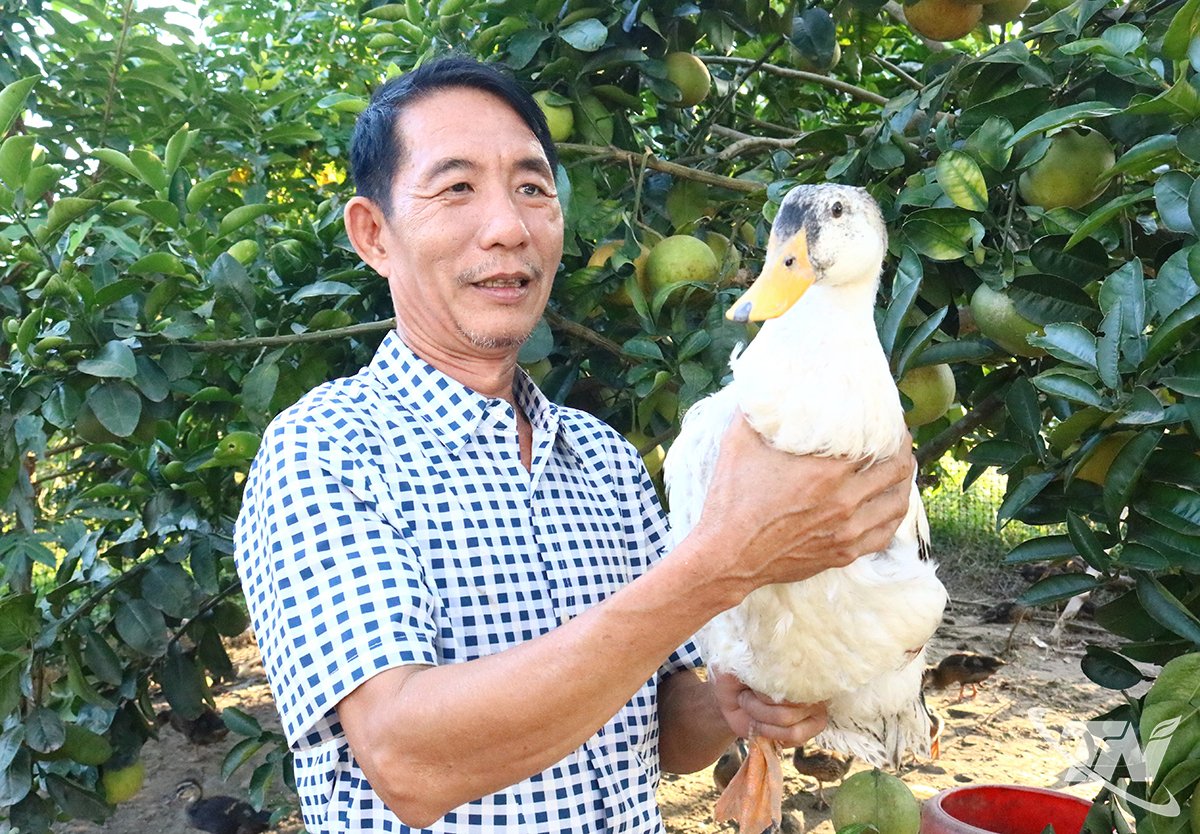 |
| In 2025, Mr. Chu Van Quan sold more than 7,000 ducks and mallards, achieving total revenue from ducks of nearly 1.2 billion VND. |
Tech-savvy farm owner
Limit the use of chemicals; implement a circular production process to create safe agricultural products. By working in conjunction with environmental protection, the products of Thanh Binh farm, Cuong Lang hamlet, Tan Cuong commune are highly appreciated by customers. Mr. Chu Van Quan, the farm owner, said simply: Green agriculture is the goal the whole world is aiming for, I researched on the Internet and immediately fell in love with this method.
The story of Thanh Binh farm owner, a simple farmer, passionate about technology and eager to realize his dream of green farming, began 9 years ago. In 2017, Mr. Quan left the Southern land after more than 20 years of attachment, returning to Cuong Lang, where he was born, to start over from scratch as a farmer.
Mr. Chu Van Quan said briefly: The farm has a total land area of 14,000m2, of which 7,000m2 was divided by my parents; I bought the additional 7,000m2. The investment capital was lacking, so the Provincial Farmers Support Fund lent me 40 million VND, and the Social Policy Bank lent me 50 million VND. I used all my capital and the borrowed money to rent machines to level the hills and fields; plan the overall land for a farm to raise livestock, poultry, grow fruit trees and fish ponds, and build a temporary shack for my residence.
Being diligent and working with a scientific plan, the livestock area includes 10 sows, 100 piglets/litter; a herd of 40 breeding goats and more than 100 commercial goats; a fruit garden including green-skinned grapefruit, Taiwanese guava, sapodilla, mango, and green jackfruit full of vitality. In the first year, the price of pigs continuously dropped, but in return, the goats sold for a high price.
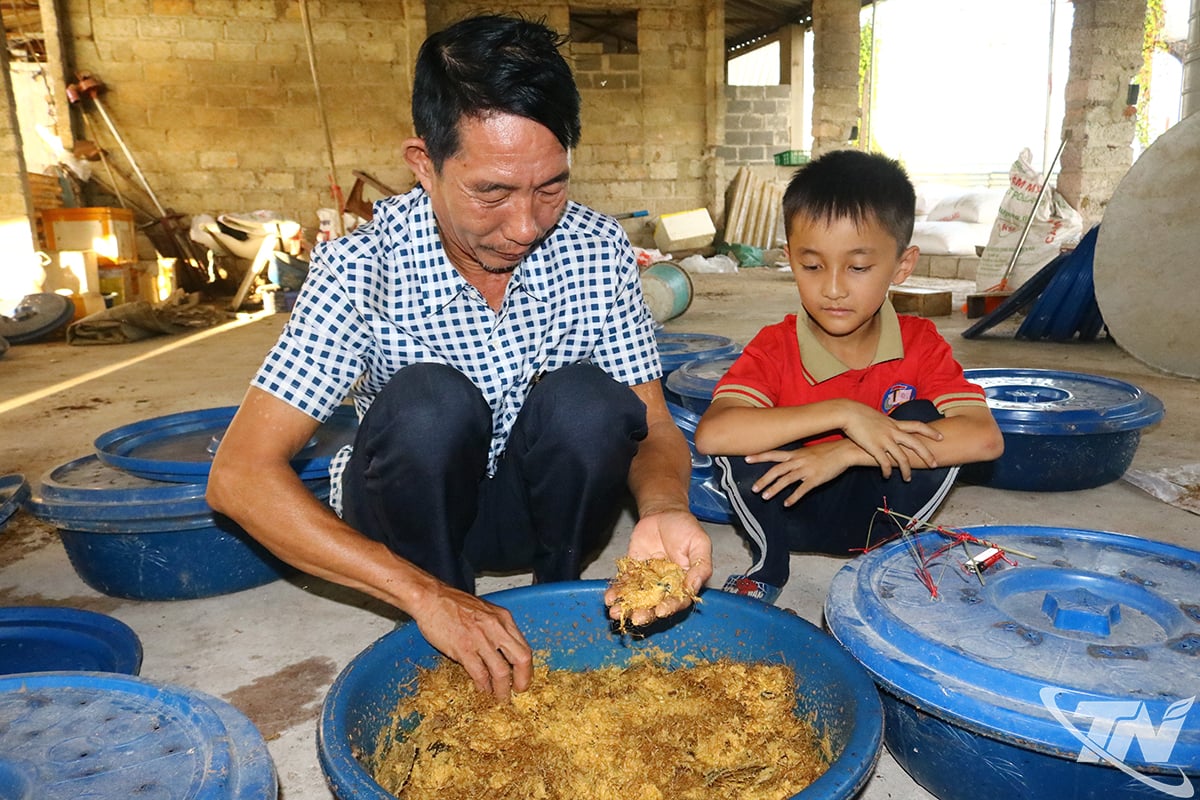 |
| Mr. Chu Van Quan instructs his son how to take care of coconut worms. |
Mr. Quan thought a lot and then decided to give up pigs to focus on raising goats in cages, mainly Bach Thao goats and Boer goats ( African hybrid ). In addition to goats, Mr. Quan also raises 100 rabbits, 15 beehives for honey, and Japanese Koi fish in the pond.
To have a source of food for the goats, Mr. Quan grows lemongrass and elephant grass, and also buys soybean residue, wine yeast, and beer residue from some production facilities in the area to mix for the goats to eat; and raises earthworms as a source of food for the fish. Many tasks are supported by machinery and equipment such as: cutting grass, chopping grass for the goats to eat; cleaning the barn; watering fruit trees, and creating oxygen for the fish. For the power source to operate the equipment and machinery, he uses solar panels.
Investing in green agriculture
In early 2025, the farm suddenly lost the familiar bleating sound of goats, and there were no customers coming to buy Japanese Koi fish... Mr. Quan changed his investment direction to raising 500 free-range chickens; 1,000 ducks, mallards; 100 geese; 100 pots for raising coconut worms (coconut worms). In the pond, where Koi fish were kept, he switched to raising 500 banana fish, 50,000 snails and 10,000 frogs. On the hill is an orchard, in addition to jackfruit, guava, and sapodilla, he also planted more than 400 banana bushes.
- Goats and Koi fish are valuable, why do you abandon them and switch to raising other animals? - I asked.
- I don't have a day off when raising goats. On the first day of Tet, my husband and I still cut grass, chop, and chop for the goats to eat, then clean the pen. As for Koi fish, there are fewer and fewer buyers, so I changed the way I do it.
- You are familiar with raising chickens, ducks, and geese, but snails, frogs, and coconut worms are completely new. Don't you find it risky?
- I learned through books, newspapers, and social networking sites that I could invest successfully, so I decided to switch. Moreover, this investment direction is truly green agriculture, with clear circular production. For example, banana fish eat leftovers from snails and frogs; earthworms eat leftovers from coconut worms; poultry eat earthworms; fruit trees of all kinds "eat" manure.
A closed, circular farm has created safe products. To proactively source feed for poultry, Mr. Quan invested in installing feed making machines, grinders, and dryers. The feed is mixed from corn, cassava, barley bran, earthworms, and waste from chicken and fish. Mr. Chu Van Quan said: More than 70 tons of feed/year are made by myself to serve the farm's livestock.
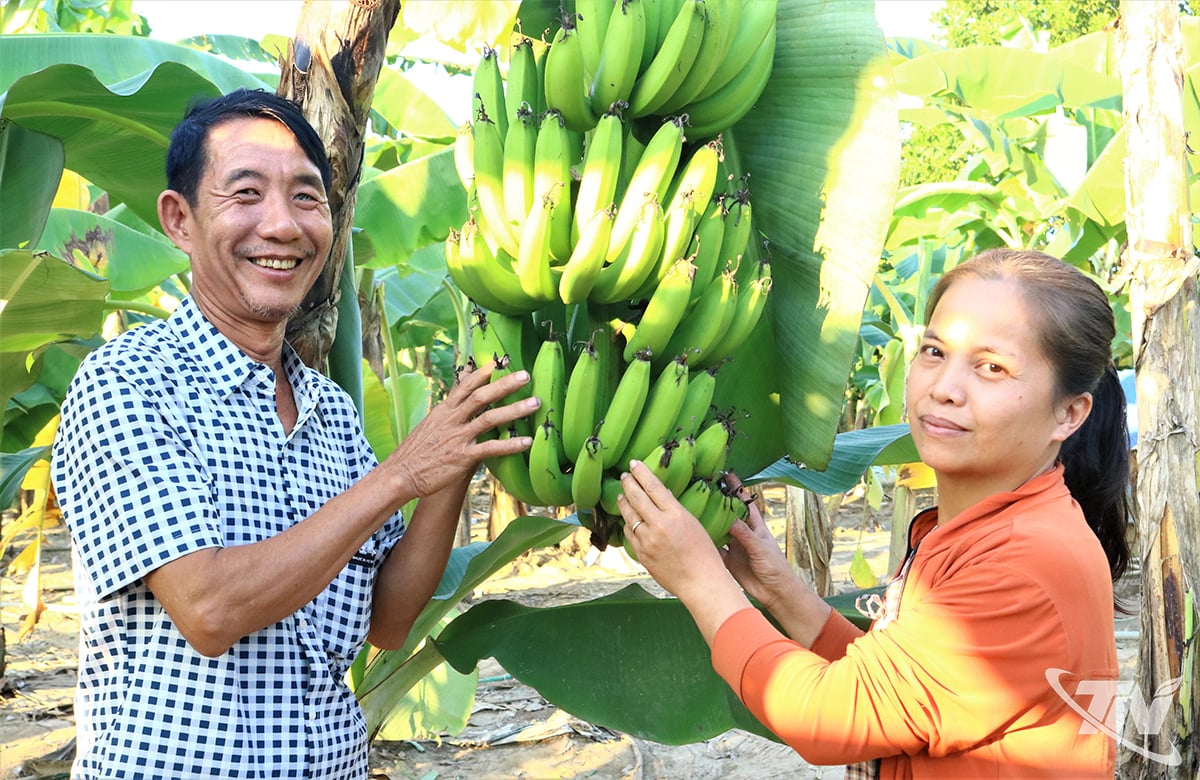 |
| Mr. Chu Van Quan and his wife with joy about the fruits of their labor. |
Pausing for a moment, he continued his story with more enthusiasm: Farm work, besides its economic significance, is also a passion for me. When I switched to snails and frogs, they were “new friends” after all, so there were many nights when I stayed up all night sitting in the moon-watching tower watching them. There was a time when I saw that the water in the pond was very viscous, I just wished for the morning to come quickly so I could call the breeding facility to ask for a solution.
Being studious and willing to research documents related to animals and crops, the farm has stable production and good development. Every 3 months, he sells a batch of snails and frogs. As for chickens, ducks and geese, he maintains raising them for 3 generations in the total herd, so he has products for sale regularly.
Asked about income, Mr. Quan confidently said: In 2025, Thanh Binh farm will definitely have a revenue of 4.5 billion VND. After deducting all expenses, the profit is more than 1.2 billion VND... Just then, Mrs. Nguyen Thi Thu, the farm owner's wife, returned from a delivery trip and joined the conversation: Every day, I make several trips to deliver snails, frogs, chickens, ducks, geese and some types of fruit trees directly to restaurants, cutting out the middleman. Restaurants are also confident in making delicious dishes to introduce to diners.
While taking us to visit the farm, Mr. Quan proudly said: Before, I had to go to Ninh Binh to buy snail seeds; go to Soc Son (Hanoi) to buy frog seeds; order coconut worm seeds from Ben Tre, but now I can produce the seeds myself and supply them to people in the farming area, helping me get rich.
With his simple gestures, simple and easy-going conversation, Mr. Quan is loved by the people in the area. That is why Thanh Binh farm has become a place for farmers in the area to meet and share experiences in getting rich...
Source: https://baothainguyen.vn/kinh-te/202511/cham-den-nong-nghiep-xanh-3ca2bbe/








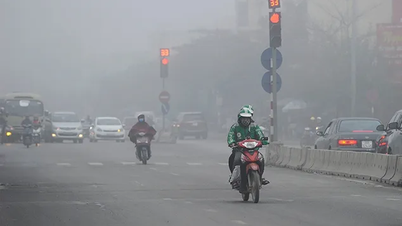

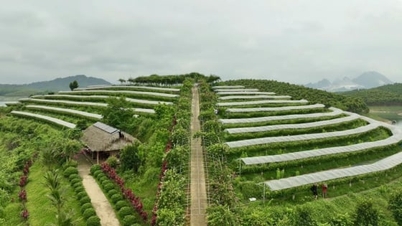





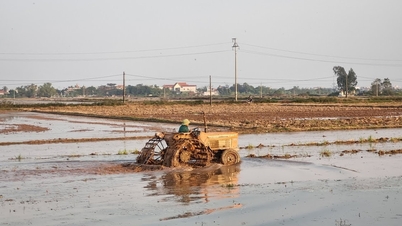

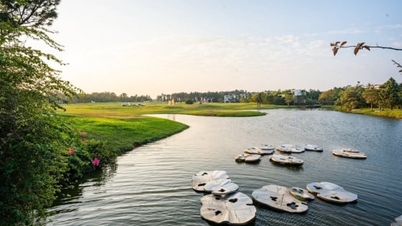



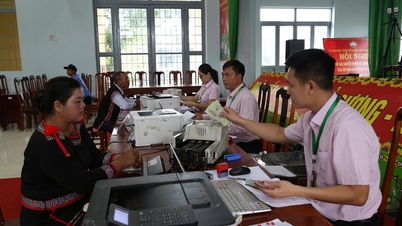




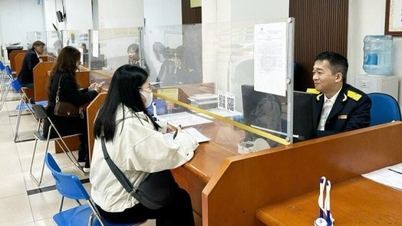

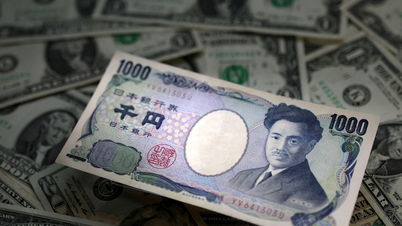








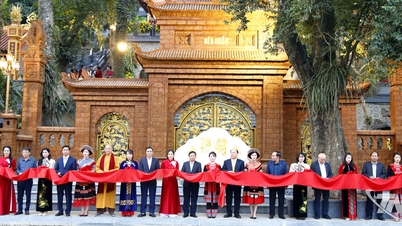
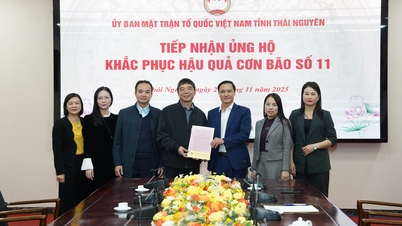

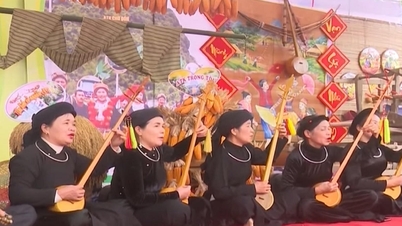



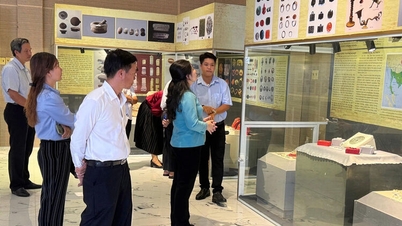



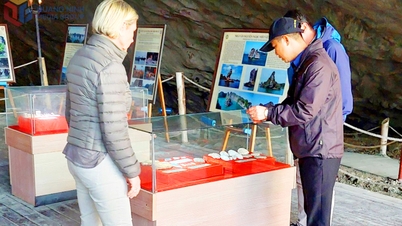



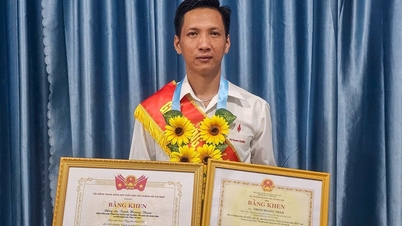






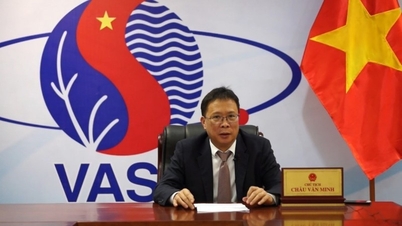
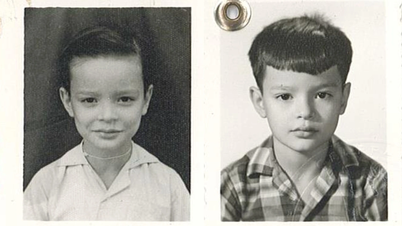

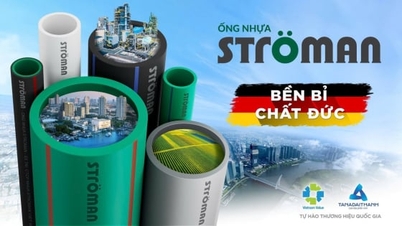
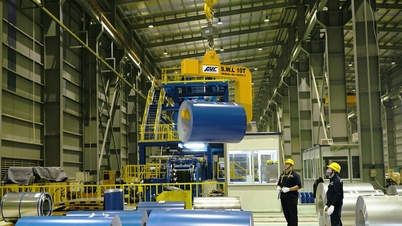

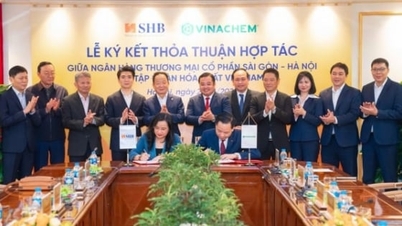
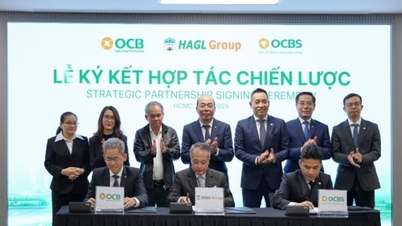














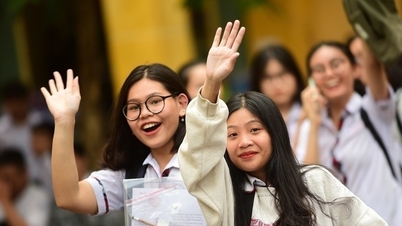


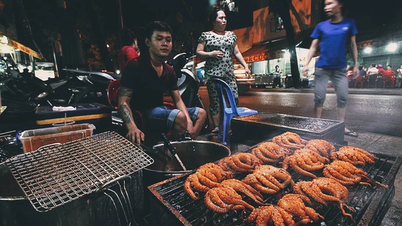
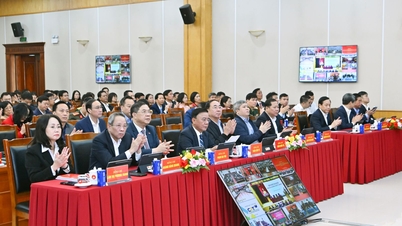

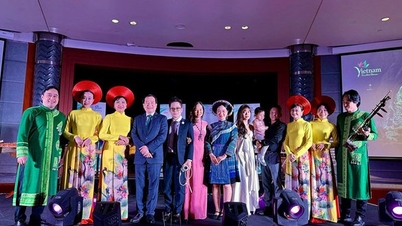
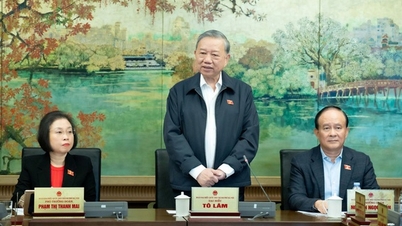
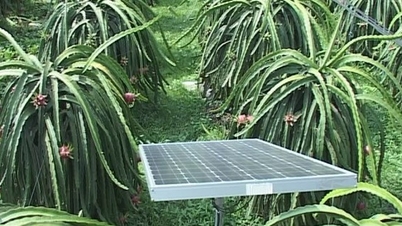

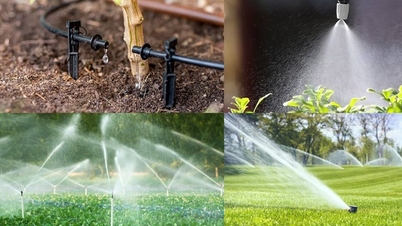
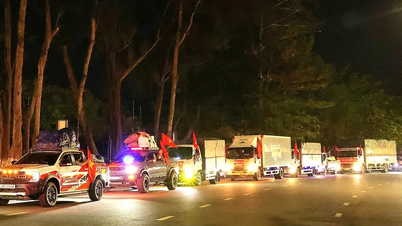
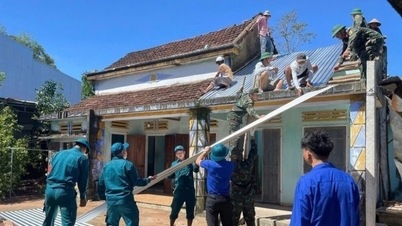

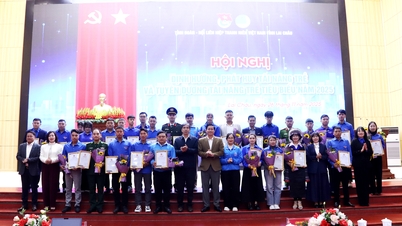
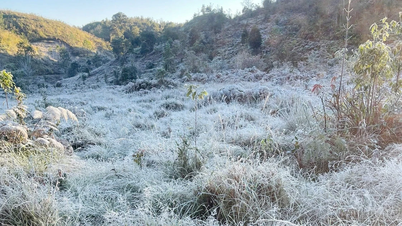

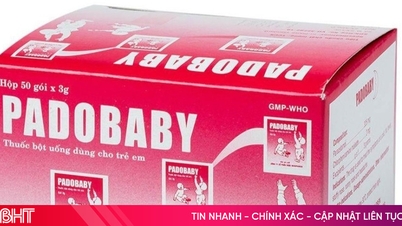














Comment (0)